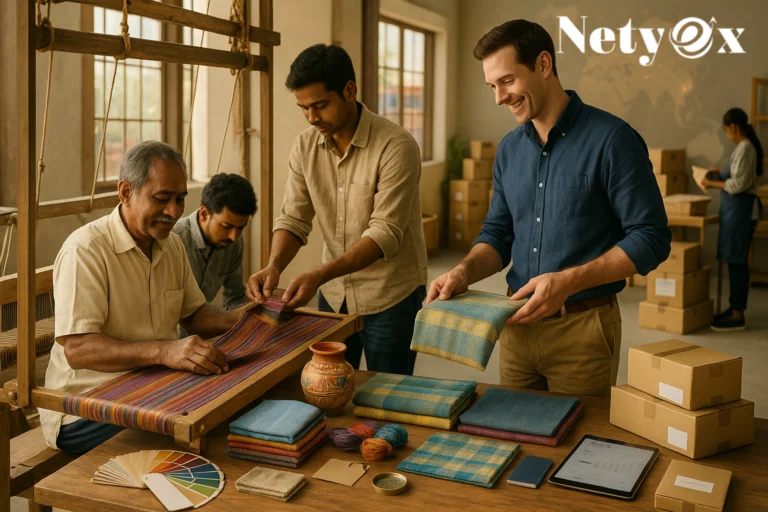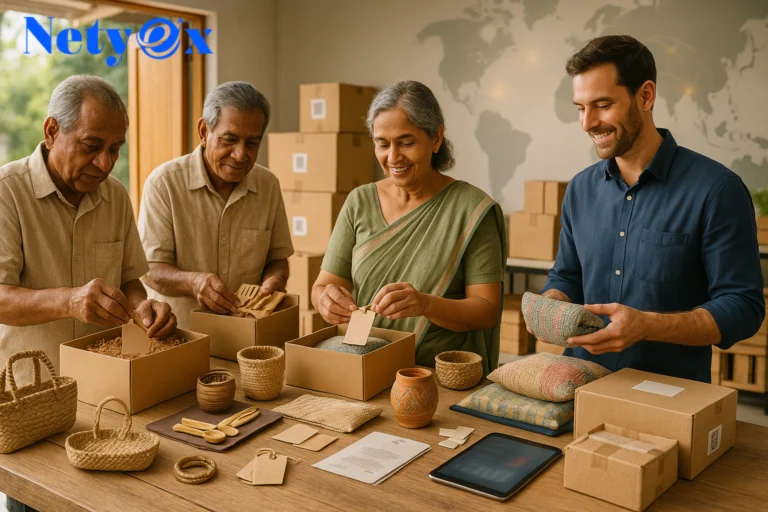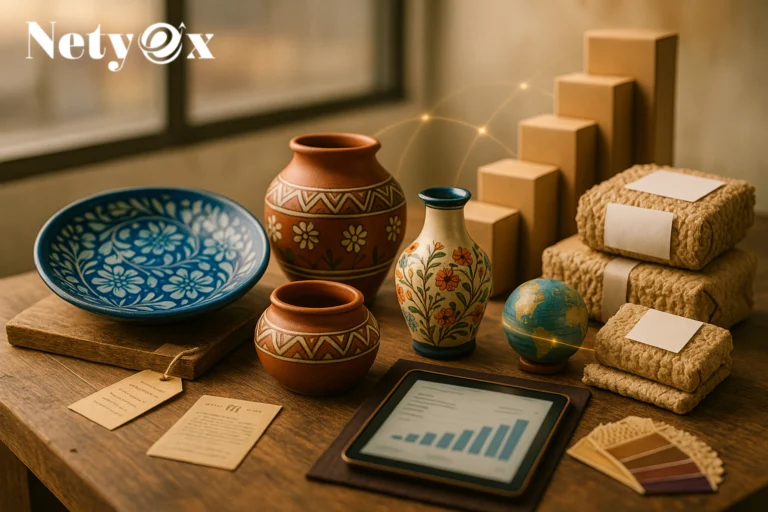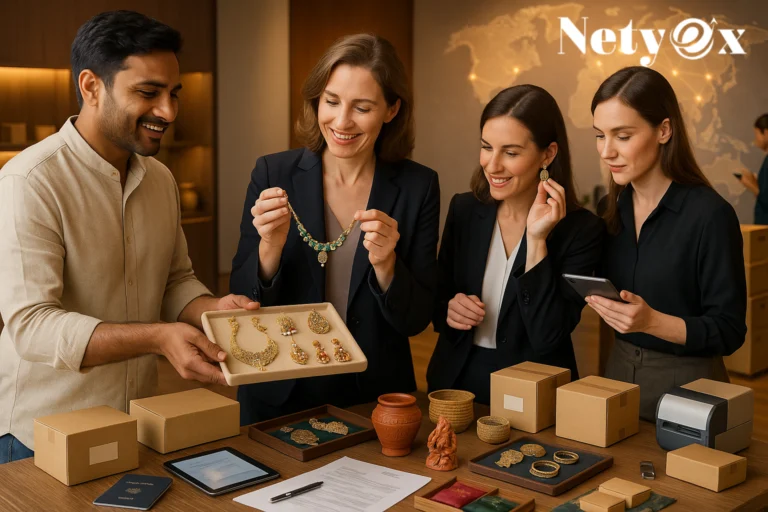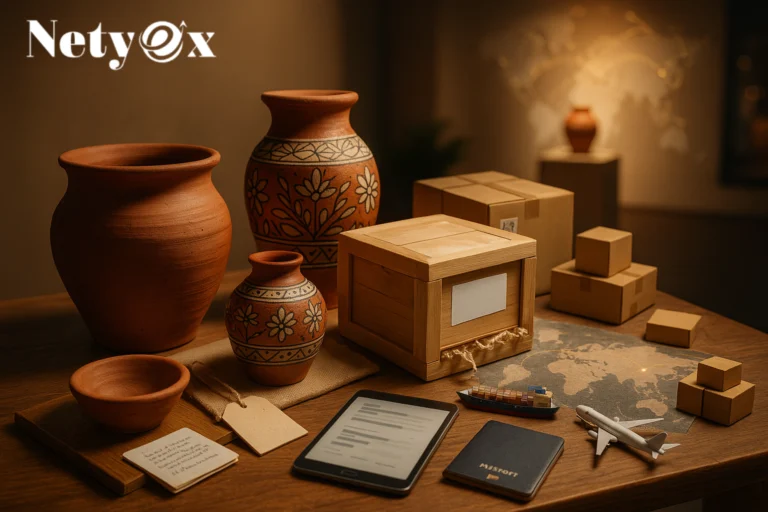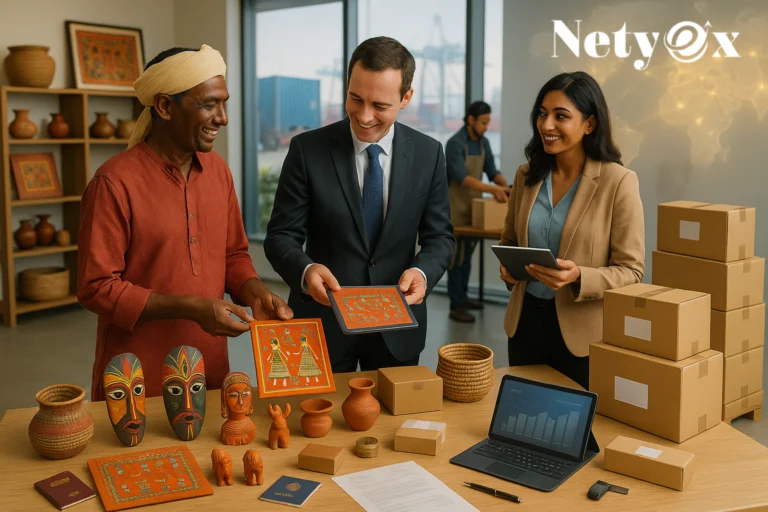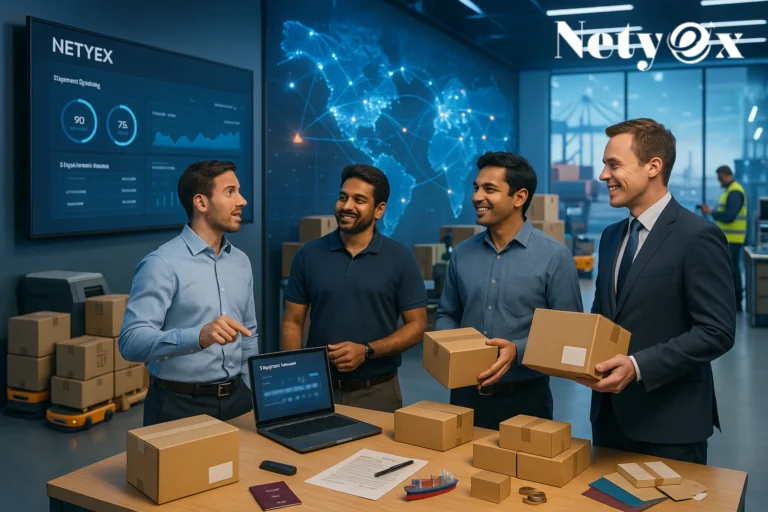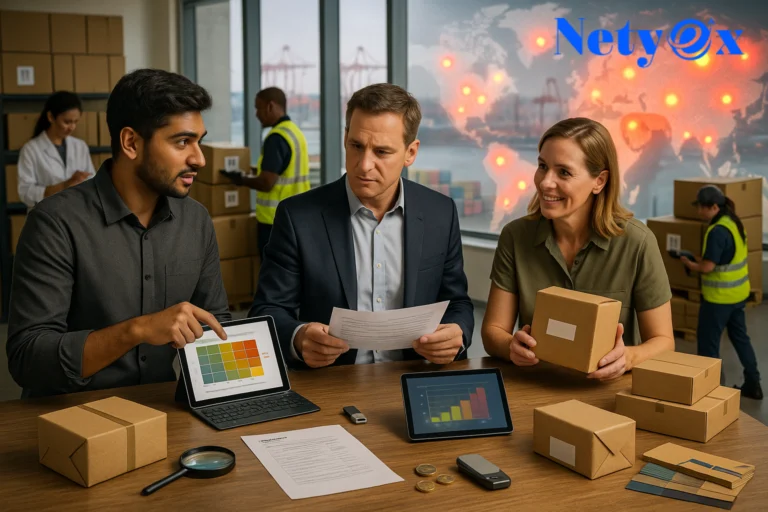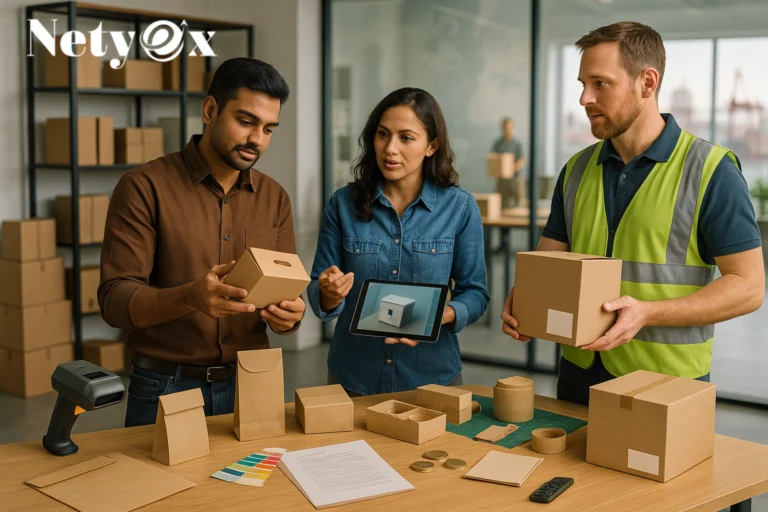Introduction to Fashion Buying and Supplier Selection
In the fast-paced world of fashion, the role of a buyer extends far beyond choosing stylish collections. Fashion buyers are responsible for ensuring that every garment, accessory, or fabric aligns with brand values while meeting customer expectations. One of the most critical decisions they face is selecting the right supplier. The success of a fashion business often hinges on the quality, reliability, and ethics of its suppliers, making this a decision that cannot be taken lightly.
Whether you’re sourcing garments for a small boutique, a major retail chain, or an online fashion startup, understanding how to evaluate and choose the right supplier is essential. This guide will walk you through every aspect of supplier selection, from evaluating product quality to building long-term relationships that strengthen your brand’s reputation.
Understanding the Role of a Fashion Buyer
Key Responsibilities in the Fashion Industry
A fashion buyer isn’t just someone who purchases products. They act as trend forecasters, negotiators, and strategists. Their tasks include:
- Analyzing fashion trends to anticipate consumer demand.
- Managing supplier relationships to secure favorable pricing.
- Ensuring product quality to maintain customer loyalty.
- Balancing budgets while maximizing profit margins.
Why Supplier Choice Matters
Choosing the right supplier directly influences product quality, brand perception, and profitability. A reliable supplier ensures timely deliveries, consistent quality, and transparent pricing, while a poor choice can lead to stockouts, returns, or reputational damage.
Types of Fashion Suppliers
Manufacturers vs. Wholesalers
- Manufacturers create the garments and often allow for custom designs.
- Wholesalers provide ready-made products in bulk, often at competitive prices.
Local Suppliers vs. Global Suppliers
- Local suppliers offer shorter lead times and easier communication.
- Global suppliers provide cost advantages and broader variety but may pose challenges like long shipping times.
Niche and Sustainable Suppliers
With consumer demand for eco-friendly products rising, many buyers now seek sustainable suppliers who use organic fabrics, ethical labor practices, and eco-conscious packaging.
Factors to Consider When Choosing a Supplier
Product Quality and Consistency
Quality is the foundation of fashion. Always request samples to check fabric durability, stitching, and finishing.
Pricing, Margins, and Payment Terms
Compare multiple suppliers and negotiate favorable terms. Consider not just the price per unit but also hidden costs like shipping and tariffs.
Minimum Order Quantities (MOQs)
Smaller businesses may struggle with high MOQs. It’s important to find suppliers flexible enough to meet your scale.
Lead Times and Delivery Reliability
Fashion trends move quickly—delayed shipments can mean missing seasonal demand. Choose suppliers with a track record of punctuality.
Ethical and Sustainable Practices
Brands are increasingly held accountable for their supply chains. Partnering with suppliers that uphold fair labor practices and sustainability standards safeguards both your reputation and customer trust.
Evaluating Supplier Credibility
Certifications and Industry Standards
When assessing suppliers, certifications provide assurance of credibility. Look for:
- ISO certifications for quality management.
- Fair Trade certifications for ethical labor practices.
- Global Organic Textile Standard (GOTS) for sustainable fabrics.
These labels help verify that suppliers meet recognized industry standards.
Checking References and Reviews
Don’t rely solely on what suppliers say—speak with other buyers who’ve worked with them. Online platforms like Alibaba, Global Sources, or FashionUnited offer ratings and reviews that provide insight into reliability.
Site Visits and Factory Audits
If possible, conduct in-person inspections. This allows you to assess working conditions, quality controls, and production capabilities firsthand. Third-party audit firms can also help when direct visits aren’t feasible.
Building Strong Buyer-Supplier Relationships
Importance of Communication
Clear communication ensures expectations are met. Discuss product specifications, timelines, and quality standards upfront. Miscommunication often leads to costly mistakes.
Negotiation Strategies
Strong negotiation doesn’t always mean pushing for the lowest price. Instead, focus on win-win agreements—securing fair terms while ensuring the supplier remains motivated to maintain quality.
Long-Term Partnerships
Stable, long-term relationships often yield better results than frequently switching suppliers. Over time, suppliers become familiar with your brand’s expectations, leading to improved efficiency and trust.
Risks of Choosing the Wrong Supplier
Impact on Brand Reputation
Poor-quality products or delayed deliveries damage customer trust. In fashion, where trends move quickly, one failed season can severely harm a brand’s image.
Financial and Legal Risks
Hidden costs, unexpected tariffs, or legal disputes can eat into profits. Partnering with unverified suppliers also risks intellectual property theft.
Customer Dissatisfaction
Late shipments or inconsistent quality frustrate customers, leading to negative reviews and reduced loyalty. In today’s digital world, even one viral complaint can significantly hurt sales.
How to Source the Best Fashion Suppliers
Trade Shows and Fashion Expos
Events like Première Vision (Paris), MAGIC (Las Vegas), and Pure London bring together suppliers and buyers under one roof. These fairs allow hands-on evaluation of fabrics and direct networking.
Online B2B Marketplaces
Platforms like Alibaba, Global Sources, and FashionGo make it easier to connect with international suppliers. Many offer supplier verification badges, adding a layer of security.
Networking in the Fashion Industry
Word-of-mouth referrals remain one of the most effective ways to find trustworthy suppliers. Join industry associations, attend workshops, and connect with other buyers.
Technology in Supplier Selection
Supplier Management Software
Digital tools help streamline supplier selection, communication, and performance tracking. Popular platforms include SAP Ariba, TradeGecko, and Infor Nexus.
Data-Driven Decision Making
Using data analytics, buyers can monitor supplier performance on delivery times, defect rates, and cost fluctuations. This ensures decisions are based on facts rather than assumptions.
Case Study: Successful Supplier Partnerships in Fashion
Consider Zara, known for its rapid supply chain. By building strong partnerships with local suppliers in Spain and Portugal, Zara achieves fast turnaround times, allowing them to introduce new collections every few weeks.
Another example is Patagonia, which prioritizes suppliers committed to environmental sustainability. Their ethical sourcing strengthens brand loyalty among eco-conscious consumers.
Common Mistakes to Avoid When Choosing a Supplier
- Focusing only on price while ignoring quality.
- Overlooking MOQs and ending up with unsellable stock.
- Failing to conduct audits before signing contracts.
- Ignoring cultural and time zone differences when working with overseas suppliers.
Future Trends in Fashion Supply Chains
Sustainability and Circular Fashion
The industry is shifting towards closed-loop systems, where fabrics are recycled and reused. Suppliers embracing eco-friendly innovations will dominate future markets.
AI and Automation in Supplier Management
Artificial Intelligence is revolutionizing sourcing by predicting demand, analyzing supplier risks, and automating order tracking. Automation also enhances production speed and reduces human error.
FAQs on Choosing the Right Fashion Supplier
Q1. How do I know if a supplier is reliable?
Check for certifications, request references, and review past performance.
Q2. Should I choose local or overseas suppliers?
It depends on your priorities. Local suppliers provide speed and communication ease, while overseas suppliers often offer lower costs.
Q3. What’s the most important factor when choosing a supplier?
Consistency in quality and delivery reliability matters most.
Q4. How do I negotiate with suppliers effectively?
Focus on long-term value rather than just price. Build trust and seek mutually beneficial agreements.
Q5. Can small businesses work with big suppliers?
Yes, but ensure you can meet their MOQs. Alternatively, look for smaller or niche suppliers.
Q6. How do I protect my designs when working with suppliers?
Use contracts, non-disclosure agreements (NDAs), and partner with reputable suppliers to reduce the risk of intellectual property theft.
Conclusion: Making the Right Choice for Long-Term Success
Selecting the right supplier is more than a transaction—it’s a partnership that can shape the future of your brand. By evaluating quality, sustainability, and reliability, buyers ensure they work with suppliers who align with their vision. In an industry as competitive and fast-moving as fashion, the right supplier can be the difference between thriving and falling behind.
When approached strategically, supplier selection builds trust, enhances efficiency, and strengthens brand reputation. Remember: your supplier isn’t just providing products—they’re contributing to your brand story.




